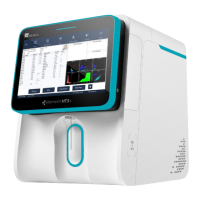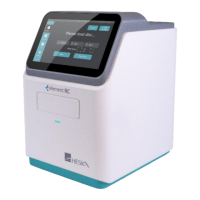What to do if the scil Element HT5+ Measuring Instruments indicates a low volume of FD Dye and asks to replace the reagent?
- LLisa GilesAug 29, 2025
If the scil Measuring Instruments indicates a low volume of FD Dye, you should replace the reagent. After replacing, tap 'REMOVE ERROR' and register the new reagent information in the dialog box. Finally, tap 'REPLACE' to prime the reagent container.


